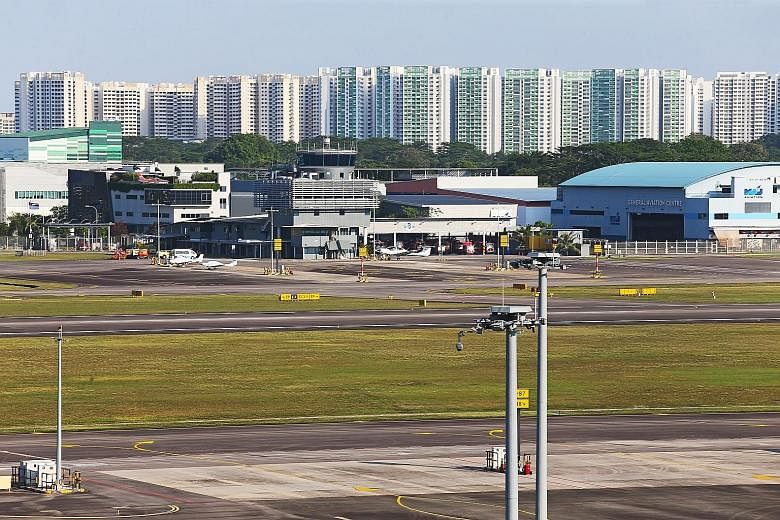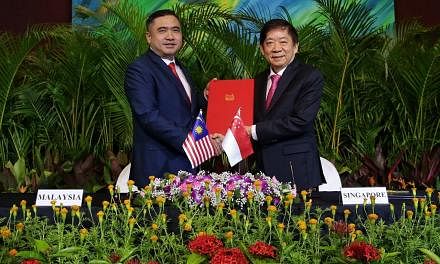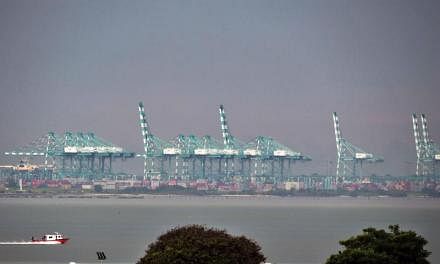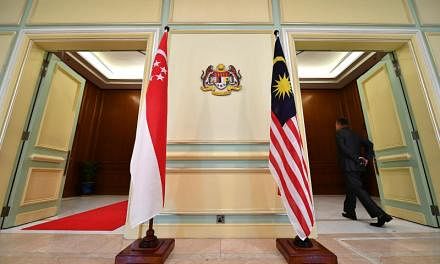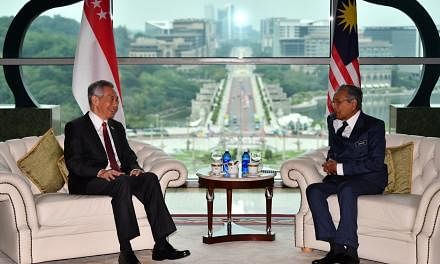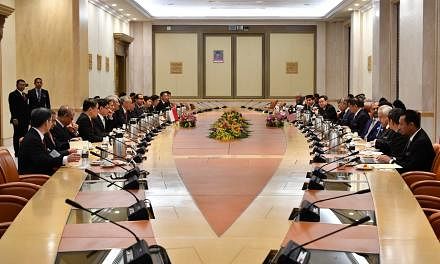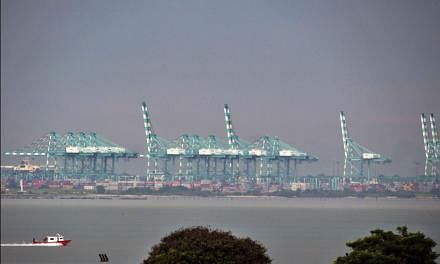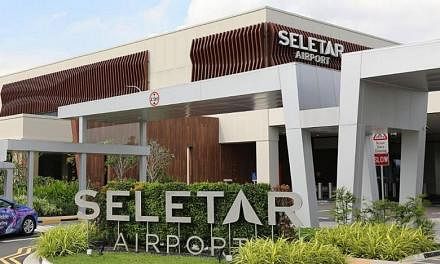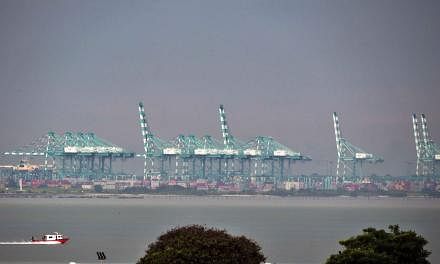The civil aviation authorities of both Singapore and Malaysia will work together to develop GPS-based instrument approach procedures for Seletar Airport.
This will replace the Instrument Landing System (ILS) procedures which were withdrawn at the weekend, Singapore's Transport Minister Khaw Boon Wan and his Malaysian counterpart Anthony Loke said yesterday.
Mr Khaw did not say when the Global Positioning System (GPS) procedures would be implemented at Seletar, adding that "both regulators have to sit down and discuss".
The two ministers were speaking to reporters at a news conference at Kuala Lumpur International Airport after their meeting.
Experts told The Straits Times that both ILS and GPS are instrument-based approach procedures, so pilots do not need to rely only on their vision for landing.
This means that planes can land even in bad weather, when visibility is low.
With both ILS and GPS, a series of predetermined manoeuvres is flown under the guidance of instrument systems as an aircraft approaches an airport.
The difference between the two systems is whether the signals are received from a satellite or ground-based station. The ILS is ground-based and its main advantage is that the vast majority of commercial aircraft are already equipped to use the technology, which provides pilots with lateral and vertical guidance for landing.
To use satellite-based GPS signals, aircraft operators would typically require some time to outfit the aircraft with the necessary equipment, experts said.
Pilots would also have to undergo training to develop the capability and obtain the operational approvals from their regulators.
Mr Loke did not say why Malaysia is ready to accept GPS at Seletar Airport but not ILS.
When asked about the difference between the two, Mr Khaw said: "Some procedures are more conducive in the sense that most aeroplanes will be equipped to handle such instruments, but other aeroplanes and other procedures may not be so well equipped.
"But since ILS has some difficulties, we think GPS-based is a great possibility."
The key point, he stressed, is that "the instrument procedure enhances safety, and I think that is the key objective".
